A few more Pied Oystercatchers start to breed
10,000 Birds
JULY 18, 2021
A couple of weeks ago I introduced you to the pair of Pied Oystercatchers that were the first to start breeding along our coast this year. Since then we have had the two pairs of Pied Oystercatchers that breed between the Surf Club and Gantheaume Point lay their first clutch of eggs. Pied Oystercatcher nest.

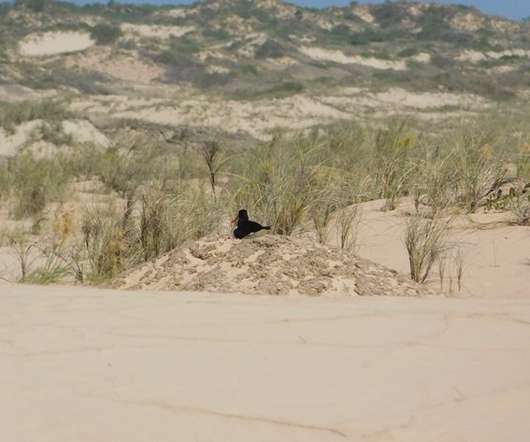



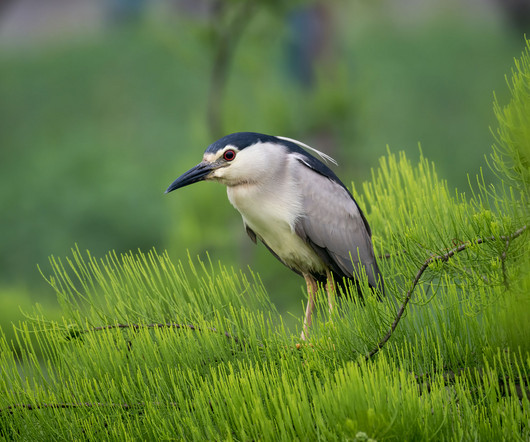





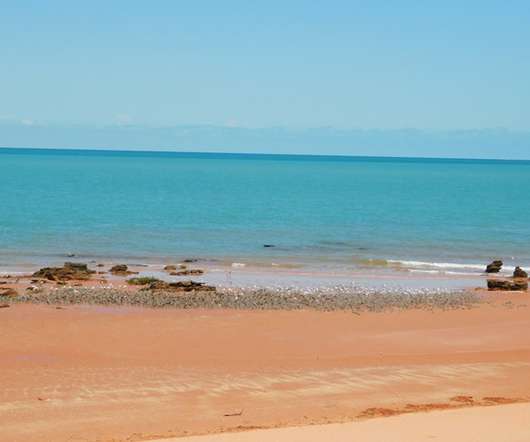

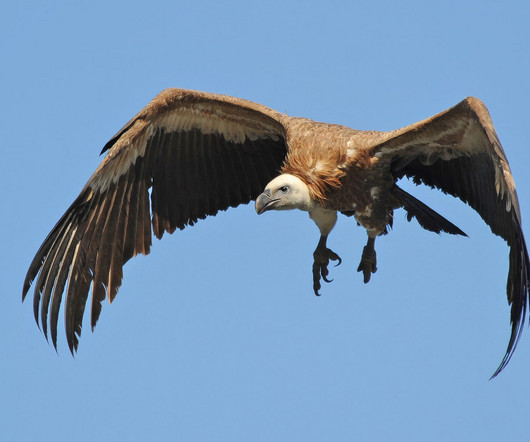



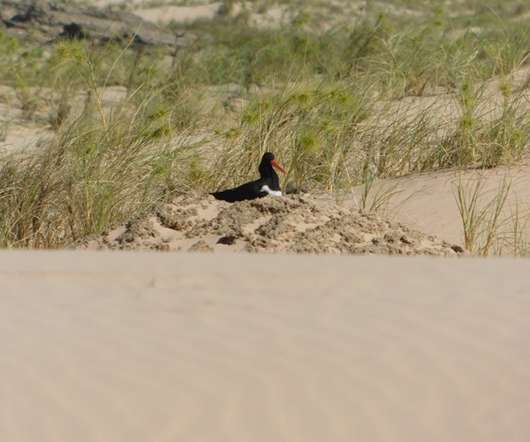


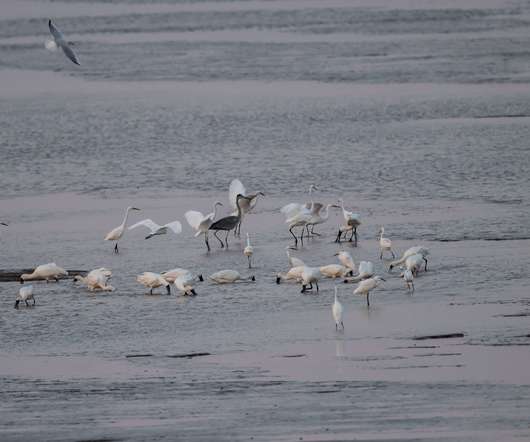

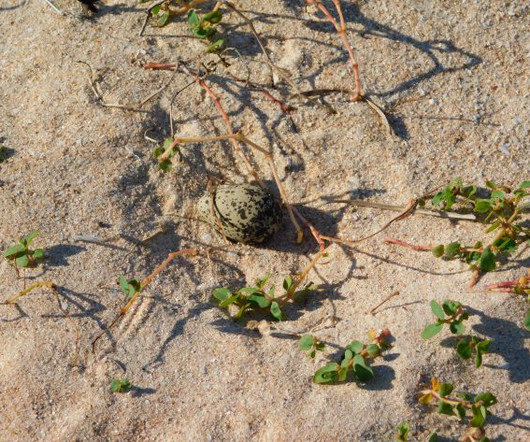

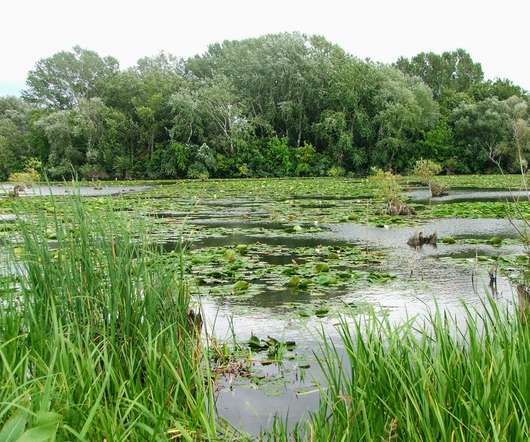
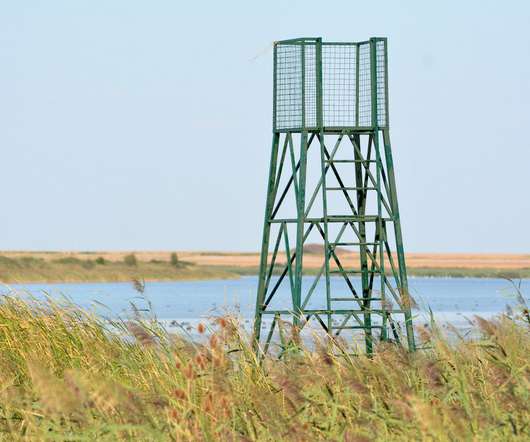
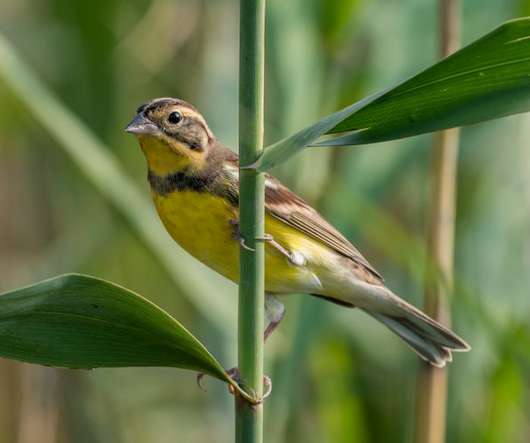


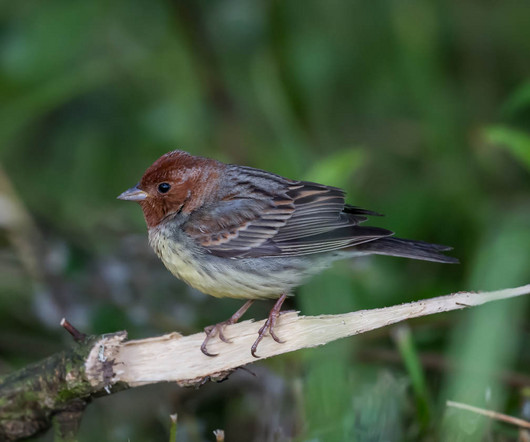
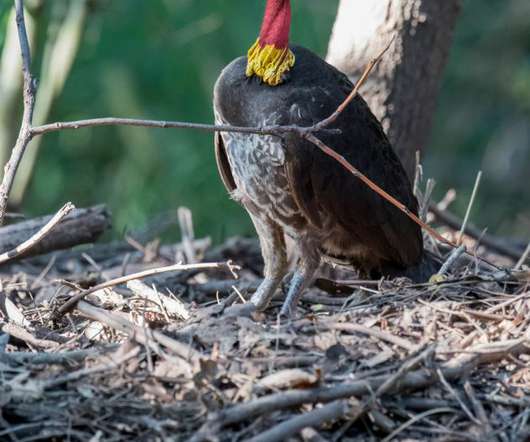










Let's personalize your content